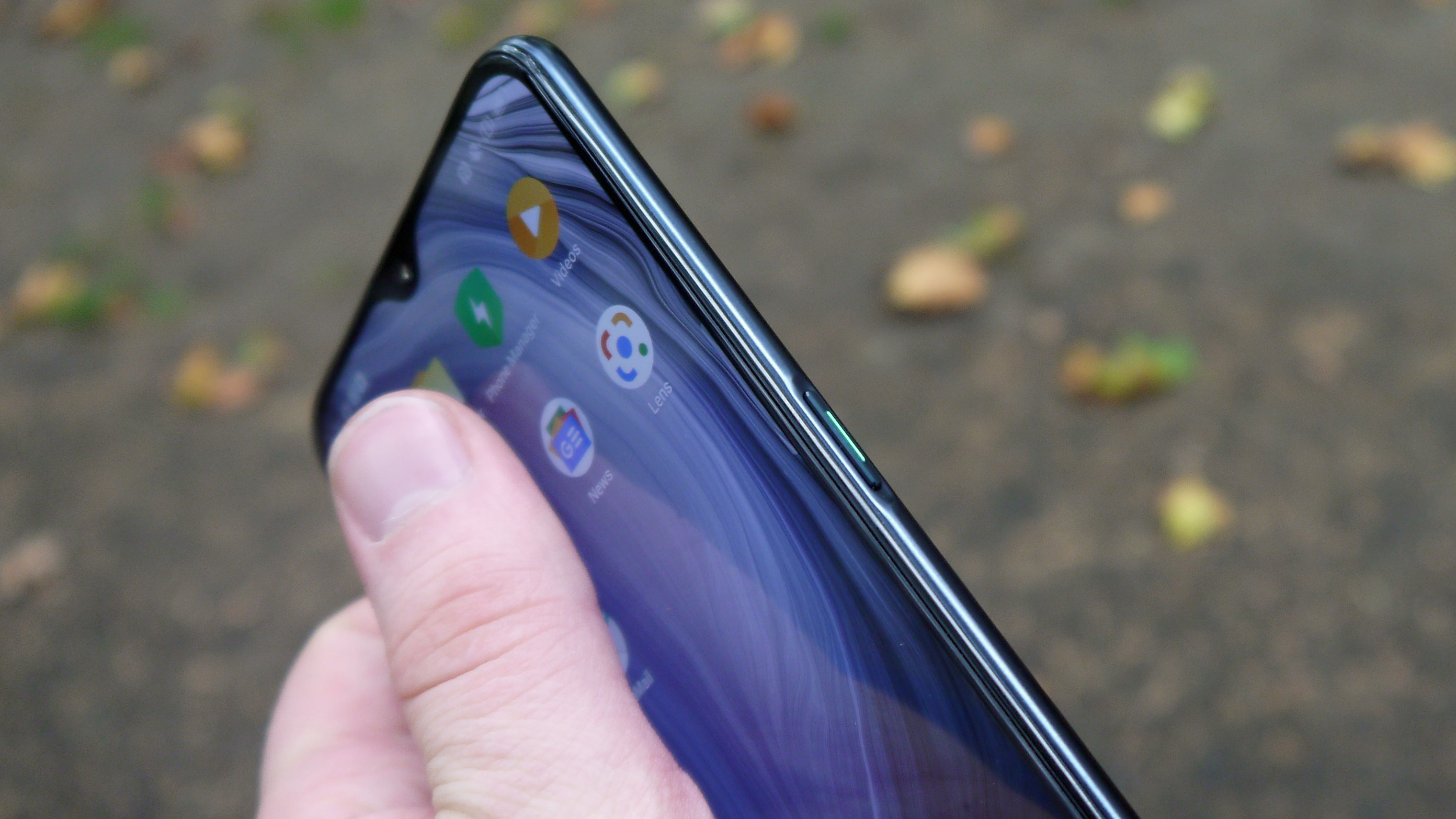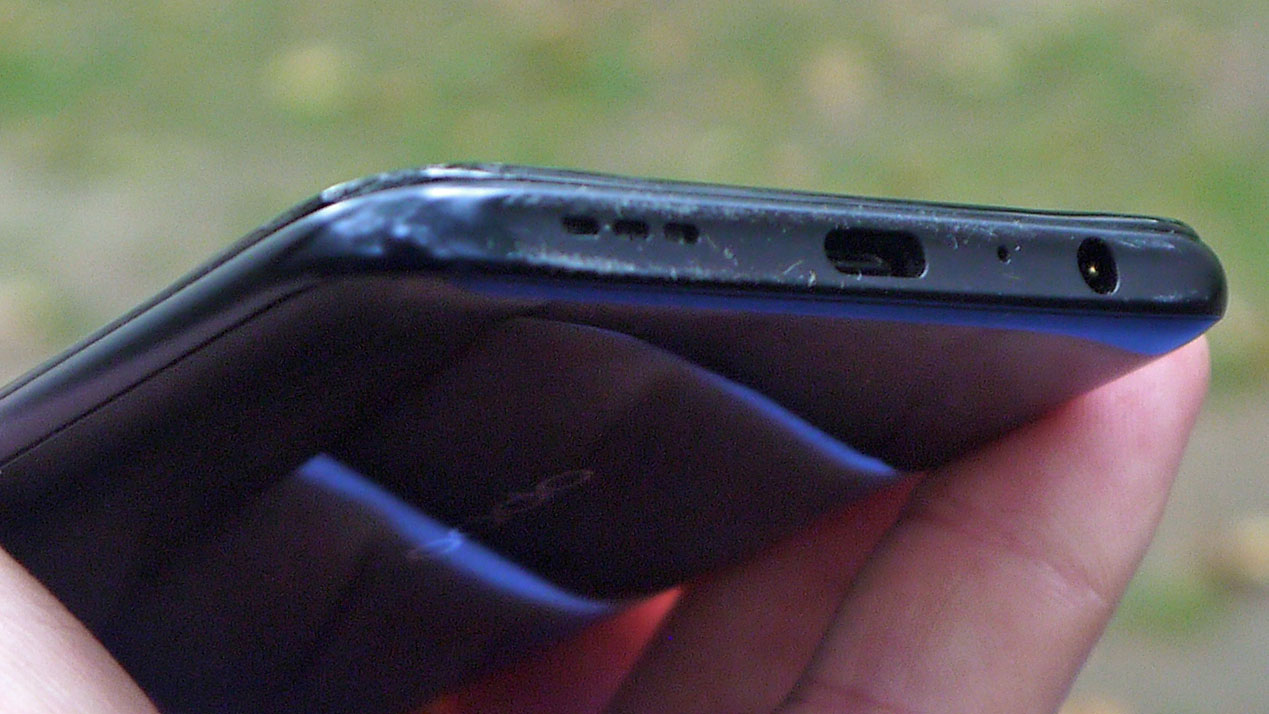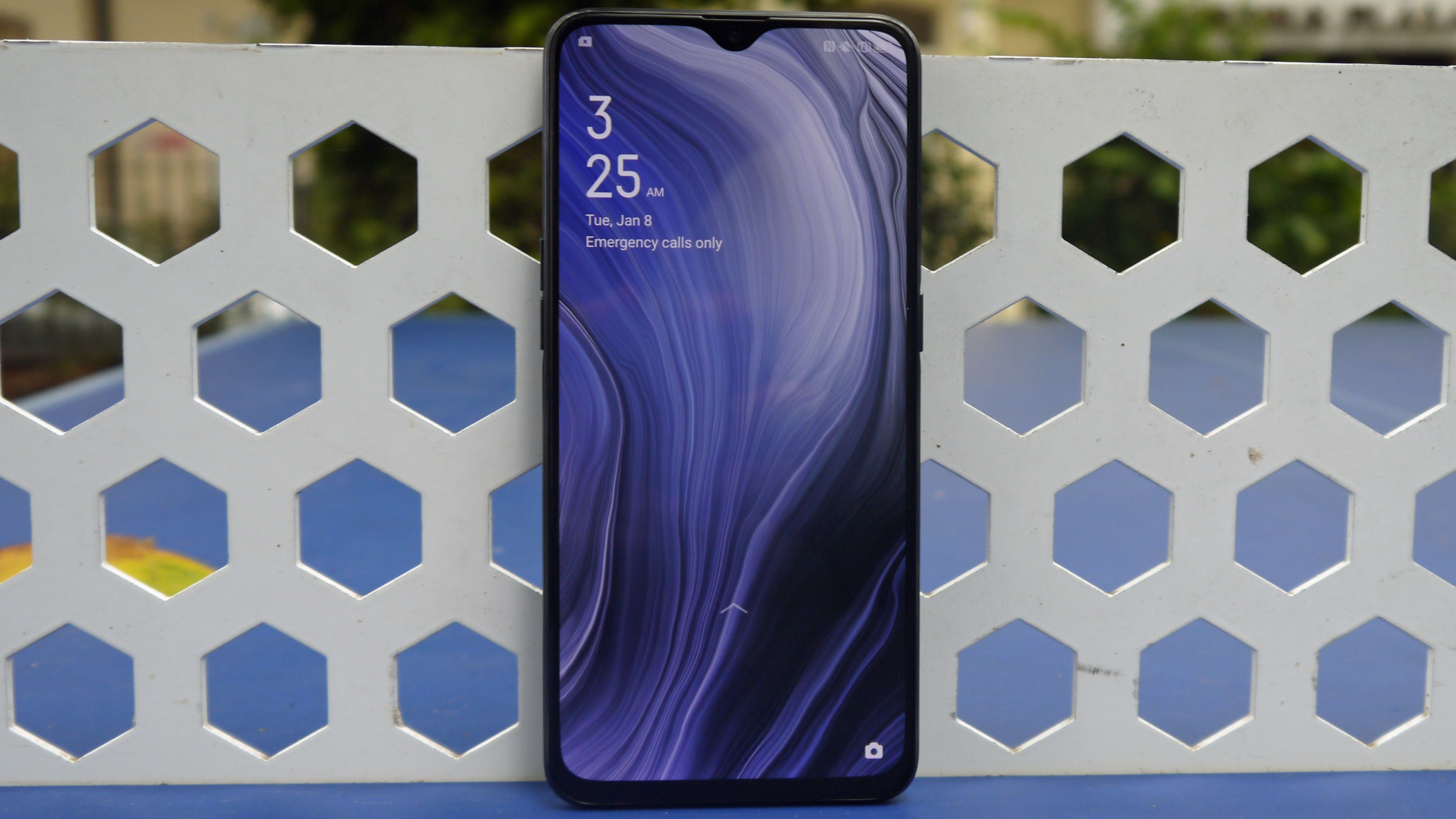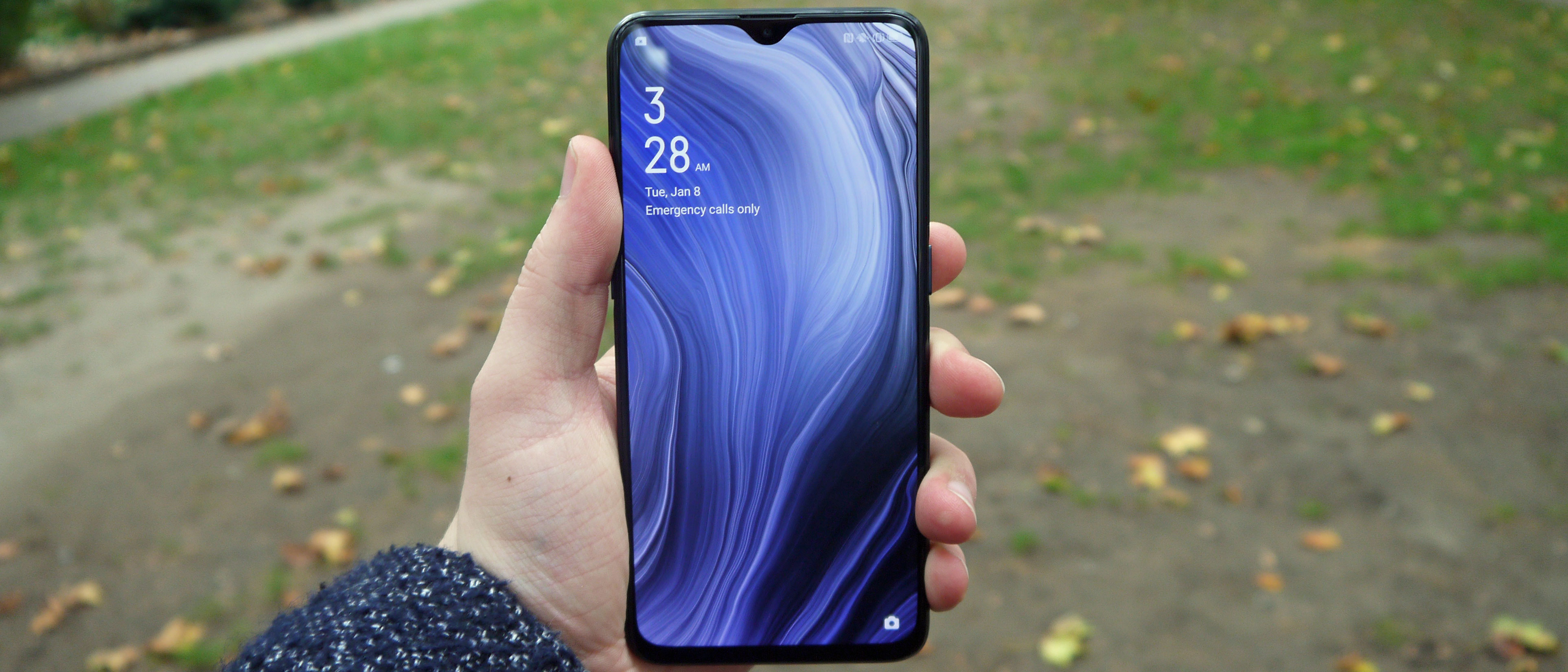TechRadar Verdict
It’s hard to find much to dislike about the Oppo Reno Z – while some features could be better, like the chipset and camera, they’re far from bad. Throw in the impressive design and display and you’ve got a fantastic phone, particularly given its budget price tag.
Pros
- +
Low price tag
- +
Premium-feeling design
- +
High-quality display
Cons
- -
Limited camera functions
- -
Chipset is okay, not great
- -
Loses the Oppo Reno’s distinctive pop-up camera
Why you can trust TechRadar
Oppo is a relative newcomer to the Western smartphone market, but it hustled to become one of the major Chinese players in a crowded field.
With the Oppo Reno (and its big brother, the Oppo Reno 10x Zoom) and the Oppo Find X, the company has found a way to marry quirky gimmicks with powerful devices. The new Oppo Reno 2 is more of the same, making the Oppo Reno Z even more of a budget option.
The Oppo Reno Z, by comparison, is rather vanilla by Oppo’s standards: it has a ‘tear-drop’ notch instead of the pop-up camera found on the above phones, two cameras instead of three or four, and a mid-range chipset.
- Read our Oppo Reno review
- Read our Oppo Reno 10x Zoom review
The Oppo Reno Z misses out on several of the impressive specs and features of the main Reno line… but it also comes without a big chunk of those phones’ price tags, and as a sub-£300 / AU$500 device it’s entering the territory normally ruled by Motorola or Nokia phones.
So the device fits into the niche of ‘Lite’ phones from otherwise high-end or mid-range brands, alongside similar offerings from Huawei, Honor, Xiaomi, Google, and many other manufacturers, and it’s got a lot of competition in that regard.
With that in mind, is the Oppo Reno Z any more worthy of your attention and money than any of its competitors? And does the massive price cut justify the specs drop?
Price and availability

Like the rest of the Oppo Reno line, you can’t currently pick up the phone in the US, and Oppo told us it had no plans to bring those other phones to the States, so if you live there, don’t expect to see the Reno Z any time soon.
You can pick up the device in most other regions though, and it’ll cost you £299 / AU$499. That’s a super-low price, making it one of the cheapest ‘Lite’ phones out there right now.
The only similar phone that costs less than the Reno Z at the moment is the Honor 20 Lite, while the likes of the Huawei P30 Lite, Xiaomi Mi 9 SE and Google Pixel 3a will all cost you more. So if you’re looking for an affordable device from a popular brand the Oppo Reno Z certainly won’t break the bank.
Design
The design of the Oppo Reno Z is very similar to that of the standard Oppo Reno and the Reno 10x Zoom, which is to say it feels assuredly premium. In fact, in our review of the Reno 10x Zoom we said that phone “feels stylish in a way few phones do”, and we’re glad Oppo opted not to change the design that much.

In fact, save for the absence of the camera-toting pop-up fin and one rear camera, and a few small cosmetic changes, you could be forgiven for confusing the Reno Z for the Reno.
The Oppo Reno Z dimensions are 157.3 x 74.9 x 9.1mm, so it’s barely bigger than the base Oppo Reno, and at 186g it’s only 1g heavier. The front and back of the device are Corning Gorilla Glass, with a plastic frame in between.
The device feels nicely streamlined. There’s no camera bump on the rear of the phone, as the lenses are set flush with the body of the phone, rather than being housed in a protruding ‘bump’, so the only feature you can feel on the back is the O-Dot, a small bump just below the cameras, included so that the lenses won’t get scratched if you lay the phone flat on a surface.
This streamlined design ethos is carried through to the buttons on the sides of the phone: the volume rocker on the left, and the power button on the right, are built into small indentations, so they don’t stick out nearly as much as they might. They’re not totally flush with the sides, as is the case on the Honor 20, but there’s not much of a protrusion.

On the bottom of the phone are a USB-C port (a feature which, at this price tag, isn’t guaranteed), and a 3.5mm headphone jack, which is good news for people who don’t want to ditch their wired headphones just yet.
All in all, the Oppo Reno Z isn’t nearly as novel as the Oppo Reno, but it certainly feels similarly premium despite its lower price tag. You can pick the phone up in Aurora Purple or Jet Black colors – we had the latter for this review.
Display
You’re getting an AMOLED display in the Oppo Reno Z, which is impressive for a budget phone, and this offers a wide color gamut and good contrast compared to the displays found on many budget phones.
It’s a 6.4-inch display, which is a touch on the large side, so it might be tricky to use if you have smaller hands. The resolution is 1080 x 2340, with 402 pixels per inch, so the resolution and overall quality are as good as you’ll get on the best from Apple or Samsung.

Movies and games look great on the Oppo Reno Z, and the display was able to render subtle gradations of color from the pictures we took. Max brightness wasn’t fantastic, but it’s better than other phones we’ve seen at around this price point, and we didn’t have issues with it.
On top of the high screen quality, you’ll find an in-screen fingerprint sensor, which is far from a certainty at phones of this price tag. It’s a useful feature that makes opening your phone quick and easy, and the presence of the tech in the Reno Z is a pleasant surprise.
The catch, if you can call it that, is that the Oppo Reno Z has a ‘tear-drop’ notch. Some might find that a deal-breaker, if they’re the type who prefers an Oppo Reno-style pop-up camera or the Honor 20’s ‘punch-hole’ design, but given how small and unobtrusive the Reno Z’s notch is, we can’t see it being an issue for many people.
The tear-drop notch and a medium-sized chin give the phone a 85.8% screen-to-body ratio, which is actually very close to the 86.8% of the Oppo Reno, so the notch doesn’t steal much screen space.

Tom Bedford joined TechRadar in early 2019 as a staff writer, and left the team as deputy phones editor in late 2022 to work for entertainment site (and TR sister-site) What To Watch. He continues to contribute on a freelance basis for several sections including phones, audio and fitness.
